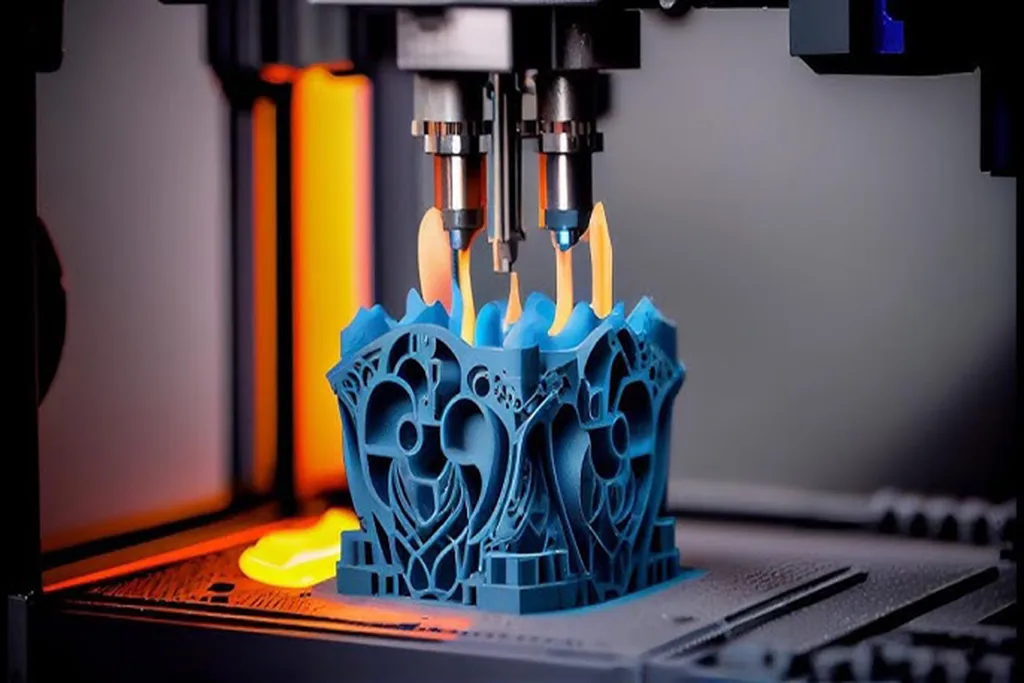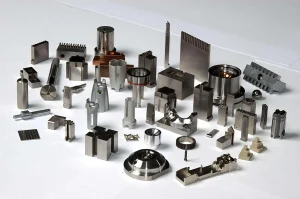3D printing technology, as a shining star in the modern manufacturing industry, is quietly changing our production and lifestyle with its unique molding process and wide range of applications. Among the many materials used in 3D printing, plastic materials undoubtedly occupy a pivotal position. So, what significant advantages do plastics show in 3D printing

First of all, plastics have great advantages in terms of cost. Compared with high-end materials such as metals and ceramics, the price of plastics is more affordable and reasonable, which makes 3D printed plastic products have a higher cost performance. Whether it is individual DIY enthusiasts pursuing creativity and fun, or corporate mass producers pursuing economic benefits, plastics are an economical and affordable preferred material.
Secondly, plastics are highly plastic. After heating, plastics can be easily softened and shaped, which enables 3D printers to accurately convert digital models into physical products. Moreover, the molding process of plastics is relatively simple, without the need for complex equipment and cumbersome processes, which further reduces the difficulty and cost of production.
Furthermore, the printing accuracy of plastics is remarkable. 3D printing technology can accurately control the amount and position of plastic extrusion, thereby achieving high-precision printing effects. This makes 3D printed plastic products not only have delicate textures, but also have accurate sizes, fully meeting people’s high requirements for product appearance and performance.
In addition, plastics show rich diversity in color and texture. By cleverly adding various pigments and fillers, we can easily make colorful and textured plastic products to fully meet consumers’ personalized customization needs. This diverse choice undoubtedly adds a unique charm to 3D printed plastic products, making them more competitive in the market.
Finally, the environmental protection of plastics is also an advantage that cannot be ignored in 3D printing. Many plastic materials can be recycled, which effectively reduces pollution to the environment. At the same time, some new bio-based plastics are also biodegradable, further reducing the impact on the natural environment. This makes the application of plastics in 3D printing more in line with the concept of sustainable development.
In summary, plastics show significant advantages in 3D printing, such as low cost, strong plasticity, high printing accuracy, rich colors and textures, and good environmental protection. These advantages make plastic one of the indispensable and important materials in 3D printing, injecting new vitality and impetus into the development of the manufacturing industry.






